
This is where you find all our press releases and news articles.
Cattle is a kind of ruminant. We know that cattle generally eat grass or feed pellets. The pellet feed that cattle generally eat contains grains, such as corn, soybean meal, wheat, etc. In addition, some grass is added. Grass can be alfalfa, hops, hemp, lucerne, bur clover and corn straw. Can cattle feed be cereals? The answer is of course. Here are some important points to be noted when feeding cattle to cereals on cattle farms.
There are three situations where grain might be fed to cattle - as a drought ration, as a supplement to grazing or in lotfeeding. In all cases care must be taken, especially in the introduction or conditioning of cattle to grain feeding.
The level or amount of grain fed per head will differ for these three situations. Cattle can be maintained on only grain in droughts when fed the equivalent of 1% of their liveweight (for example, 3 kg for a 300 kg beast). Levels of supplementary feeding of grain can range from 0.5% to 1.5% of liveweight as grain per day. Beyond that level of grain, cattle perform better if confined and fed the grain as the major component of a feedlot rations. In lotfeeding, cattle can consume around 2% of their liveweight each day as grain. (Their maximum daily feed intake is about 2.5% of liveweight).
Introducing grain
When grain is fed to cattle it is important that their digestive system is allowed to gradually adapt to the grain. The digestive system of a beast that is unaccustomed to grain-feeding and eats a large quantity of grain will be unable to cope. This results in grain sickness (lactic acid poisoning; acidosis; grain overload), which can be fatal.

To avoid grain sickness, all animals should only eat small amounts of grain at first and then the amount should be gradually increased. This is not always easy in a group-feeding situation as some animals eat grain readily while others are reluctant to eat grain. Drafting off shy-feeders and separating horned from polled cattle are two ways of reducing uneven consumption.
Cattle should be accustomed to hand-feeding with hay before grain is introduced. Feeding hay is a great way of introducing the cattle to a feed trough. Once all the cattle in a mob are readily eating the hay, the grain can be gradually introduced and the hay either wholly or partly phased out over the next 2-3 weeks, as the full grain ration is introduced. It often helps to feed the grain on top of the hay in the initial stages if it is not fed as a mixed ration.
Rate of grain introduction
Start by feeding 0.5 kg of grain per head per day and stay on this level until satisfied that all cattle are consuming some grain.
Then increase the level of feeding by 0.5 kg of grain every second day until the desired ration is reached.
Cattle scouring or going off their feed are signs of grain sickness. Badly affected cattle should be removed and fed only hay until the symptoms subside before reintroducing them to grain again. When these signs appear, the level of grain feeding should not be increased and more hay fed until all is well again. Several factors can cause digestive disturbances, including changes in the weather or a change in the type or source of grain.
Precautions against grain sickness (acidosis)
Fibrous grains such as oats are safer to feed than grains with little fibre such as wheat.
Chemicals that counter acidity are known as buffers and these can be used during the introductory period. One percent (1 kg per 100 kg of grain) of either sodium bicarbonate or sodium bentonite can be used for this purpose. These can be usually safely withdrawn after about one month of grain feeding.
Other grain additives
When grain represents the majority of a beast's daily ration, such as in drought-feeding or perhaps lotfeeding, 1% of ground agricultural limestone should be added to the grain. This makes up for a shortage of calcium in the grain.
For lactating or young animals on drought rations or in lotfeeding, 1% of common salt (sodium chloride) should be added to the grain to correct a sodium deficiency.
The role of roughage
Some roughage is essential in the diet of ruminants to enable normal rumen activity. Hay is a common roughage and need not be of good quality if it is being fed as a roughage source. In drought-feeding, roughage does not have to be fed after the introductory period as some roughage is usually available in the paddock.

The role of roughage
For lotfeeding, roughage is most important. It is best fed in a chopped form and mixed with the grain to ensure even intake of the grain and roughage. Hammer-milling makes the hay too fine thus reducing its roughage qualities. If using a hammer mill to process the hay, use the largest sieve size to optimise fibre length. Feeding grain and hay separately is likely to give uneven results as some cattle will eat large amounts of roughage and others will eat all grain.
Frequency of feeding
Cattle should be fed daily during the build-up of grain rations. The same feeding routine should be followed each day. Lotfeeding requires that cattle be fed each day. For drought feeding and supplementary feeding however, once cattle are on full rations and accustomed to eating grain, the feeding can then be every second day (that is, twice the daily quantity fed every second day.)
Experience has shown that feeding every third day is about the longest feeding interval that is feasible and this should only be contemplated after feeding every second day has been successfully established.
Processing grain
Processing (rolling, milling or crushing) will improve the digestibility of all grains by cattle. However, processing does make grain a little more likely to cause acidosis. Coarse-rolling the grain using a roller mill is far preferable to fine-milling with a hammermill.
The order of improvement in digestibility of grain by cattle that can be obtained from processing varies considerably, but the following is a guide for the commonly fed grains:
Digestibility of grain
| Whole % | Processed % | |
| Wheat, Tr iticale | 63 | 88 |
| Barley | 53 | 85 |
| Oats | 77 | 81 |
| Lupins, Peas | 76 | 86 |
The decision on whether or not to crush grain for cattle depends on several factors:
The grain used - digestibility of wheat and barley is increased markedly whereas the digestibility of oats is only slightly increased;
Availability of equipment to process grain and cost - the coarse crush achieved with a rollermill is superior to the dusty result from a hammermill;
Ease of feeding - in a drought whole grain can be fed on the ground, crushed grain should be fed in troughs;
Grain sickness - where grain is fed separately from roughage, whole grain is considerably safer to feed than crushed grain but when grain is fed mixed with chopped roughage, as in a feedlot, crushed grain can be fed quite safely.

Grain feeding cattle
Feeding in troughs
Feeding grain to cattle in troughs avoids considerable wastage particularly in a feedlot situation. However it is usually necessary to provide adequate space for all beasts to feed at one time and this can be expensive. Each beast requires about 500 mm of trough space. (Horned cattle will need more than this.)
Feeding on the ground
In a drought feeding situation, unlike sheep-feeding where the grain is best trailed out on the ground, grain is best fed to cattle in small, spread-out heaps. This stops bullying and milling about by cattle and gives them a better chance to pick up most of the grain. It is not wise to feed processed grain on the ground as too much is wasted.
Feedlot accreditation
In the event that you decide to try setting up a feedlot, please read the Agriculture Note, AG0563: Beef Cattle Feedlots - How to get approval.
Having the right mix of reliable, high-quality pellet machine and pelletizing systems and expert support is essential to your success. Watch how our end-to-end feed pellet plant solutions have helped our customers optimize their performance.
Our customized and future-proofed turnkey pellet plant solutions is designed with you at the core. From vision to reality and beyond, our team stays connected with yours. Giving you peace-of-mind with an expert at your side.
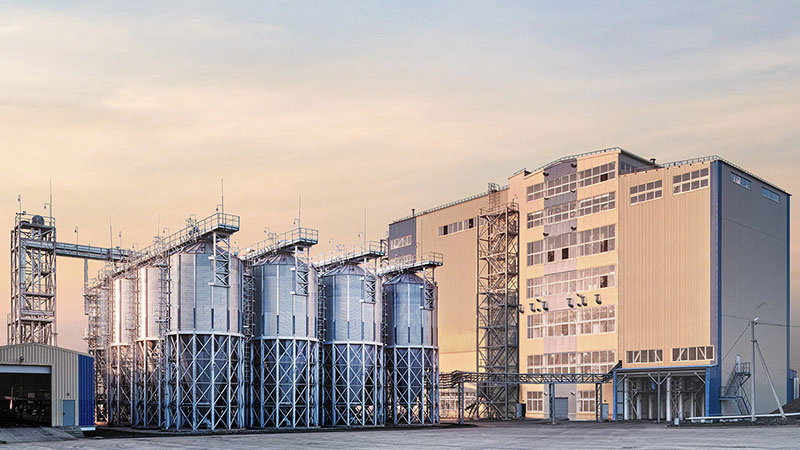
At RICHI, we go beyond project completion. With RICHI Servicee, we’re your dedicated partners in success. Count on us for expert guidance, minimal downtime, and optimized productivity. Choose RICHI for unmatched service and support.
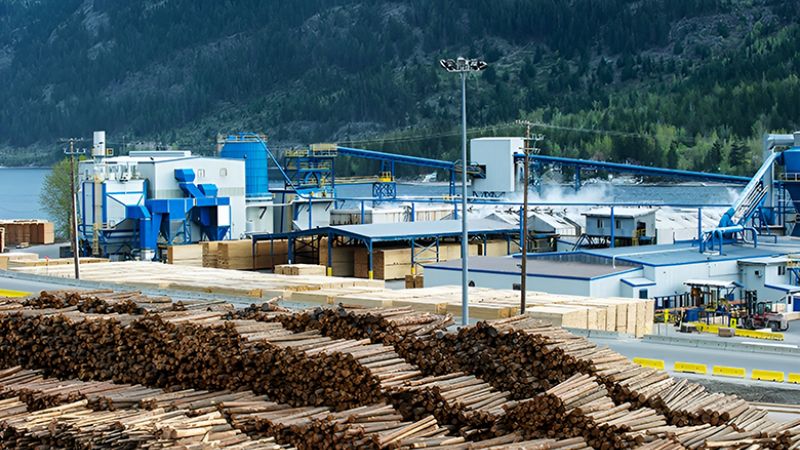
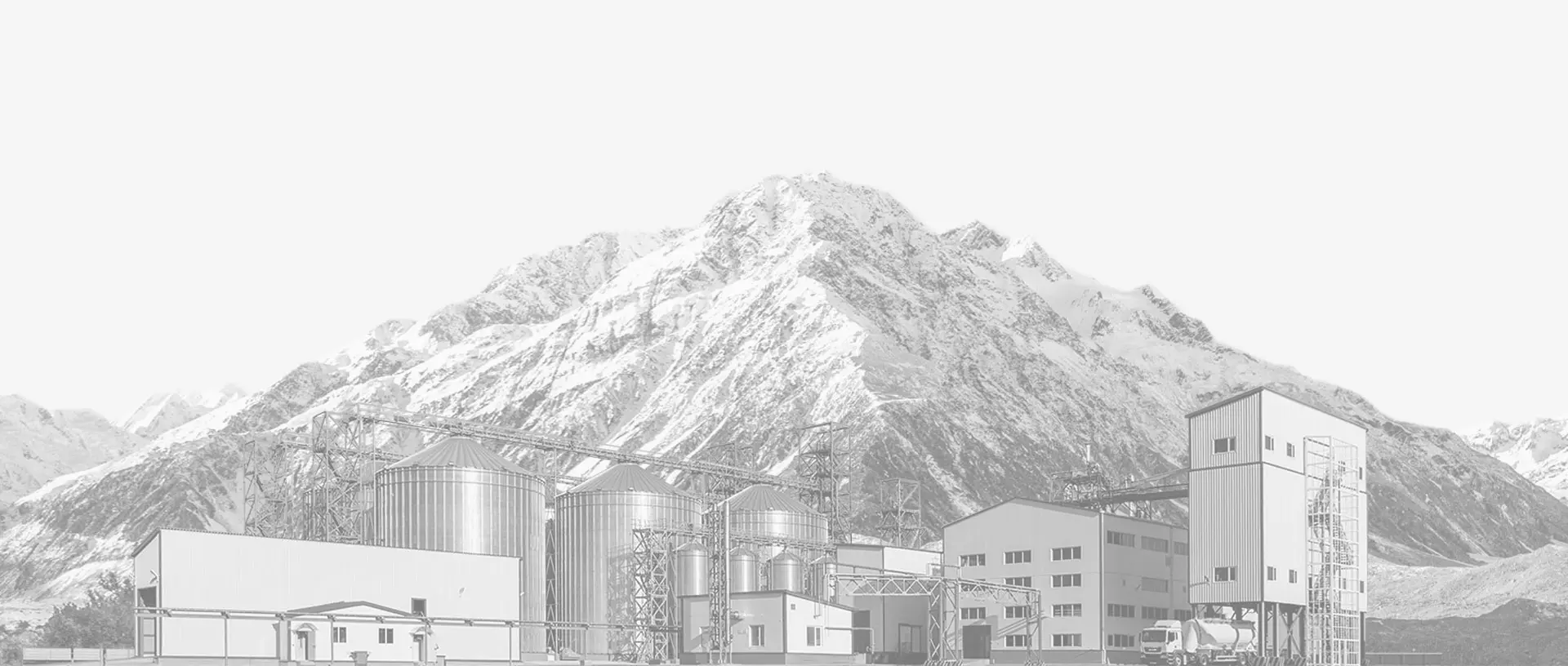

Meet global product demands and quality standards with industry-leading pellet plant design, engineering, equipment, and construction services for pellet processors.
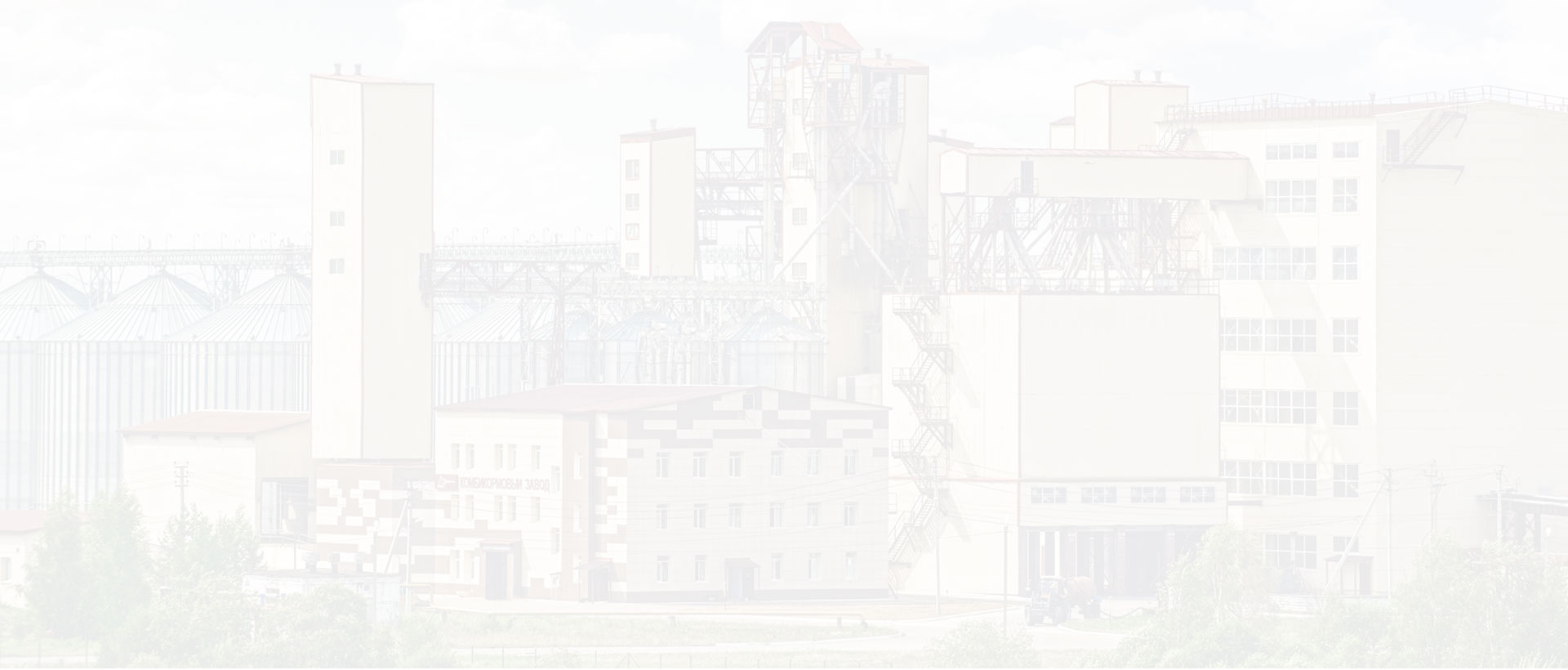
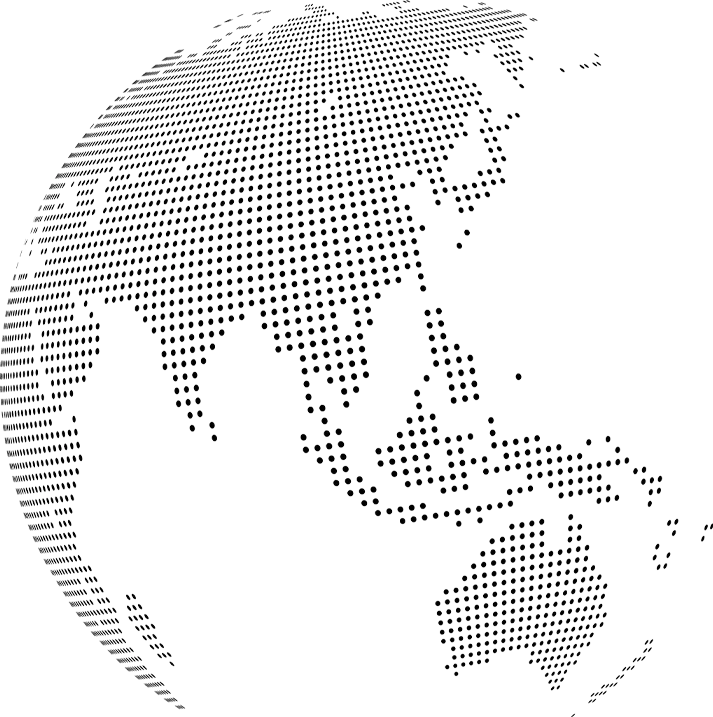
Your Partner Beyond Project Completion
2000+ cases
RICHI is the leading designer, manufacturer and builder of pellet plants in the world, completing over 2000 projects in 140 countries across 6 continents.
Read More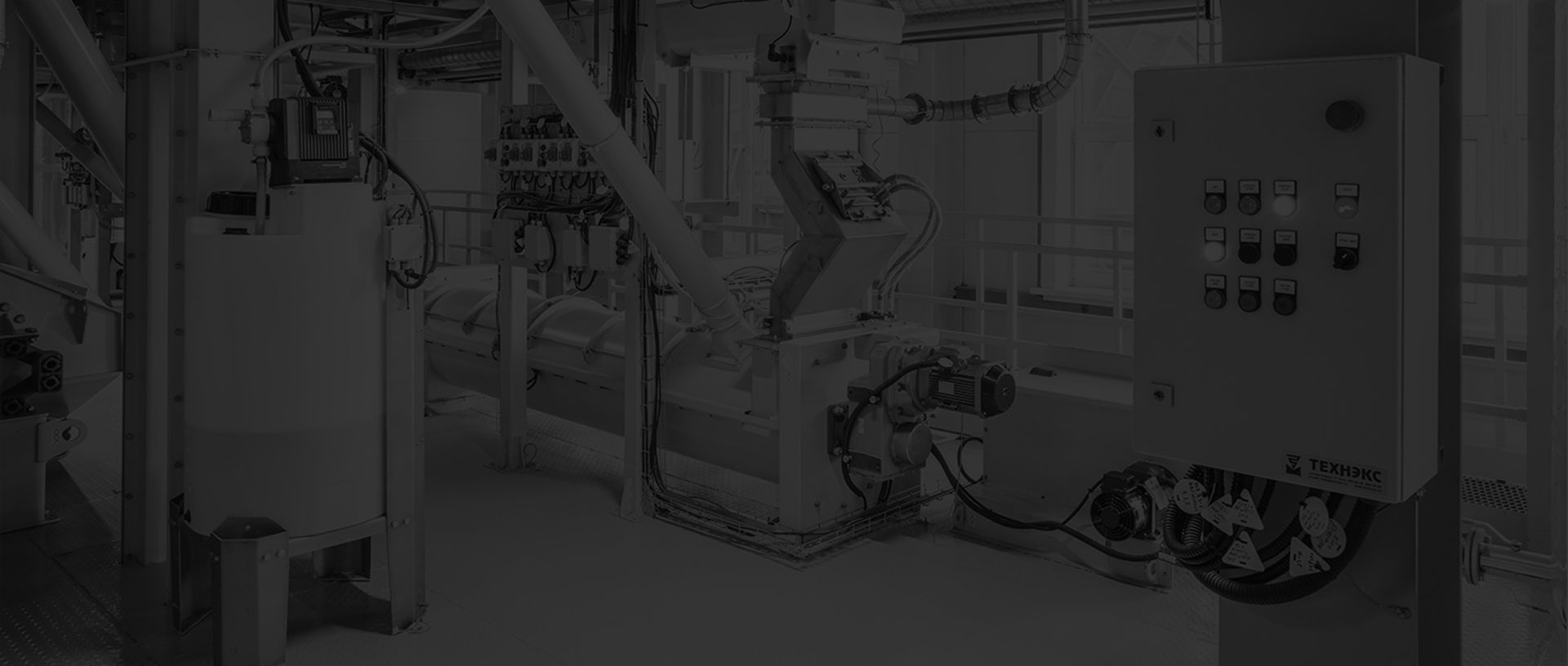
Increase plant productivity, profitability, and safety by integrating high quality equipment into your pellet production line. Over the years, RICHI has become China's top pellet equipment manufacturer. At the same time, RICHI has established valuable partnerships with the world's leading component and raw material manufacturers to bring you the best there is in technology, automation, and efficiency in pelleting plant machinery.
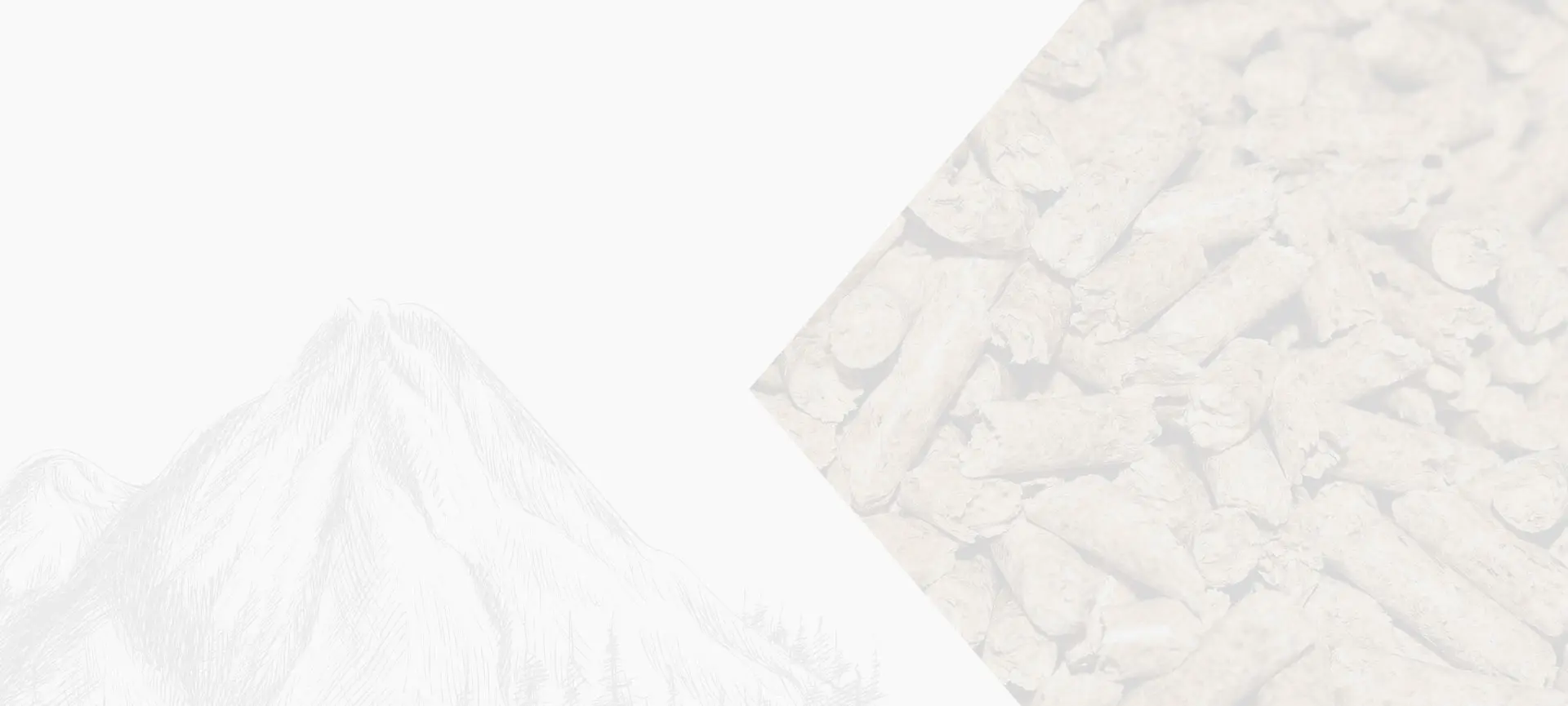
For nearly 30 years, RICHI has been providing best-in-class pellet plant equipment and services to clients across a variety of industries, sizes, and needs. We pride ourselves on the knowledge and skill that each team member possesses – from our technical sales team to our process design engineers. You can count on RICHI Machinery to take your operation to the next level of innovation, quality, and success.
Need help with your pellet manufacturing plant project? Contact us today.
ANIMAL FEED
BIOMASS
WOOD
ORGANIC FERTILIZER
AQUA FEED
CAT LITTER
MUNICIPAL WASTE RECYCLING
SPECIAL PELLET PRODUCTION
RICHI Machinery continues to deliver world class pellet mill equipment, pellet plant engineering and project solutions that add value to our customers in the animal feed, wood waste, agriculture waste, organic fertilizer, cat litter and special pellet products industries. Throughout the years, we RICHI Machinery have built strong brand, becoming industry-leading pellet machine manufacturer. We value integrity, promise quality, and prioritize your success.
Learn MoreWith our expert team, we precisely implement your process engineering requirements in pellet mill and pelletizing plant systems. No matter which industry you’re in – we understand your needs and deliver solutions that meet the highest standards.
At RICHI, quality comes first. Our pellet making machine and related pellet line equipment undergo rigorous quality controls to ensure they meet the highest standards. Rely on products that are durable, safe, and efficient.
With decades of experience in pellet machine and pellet production line production, we have earned a reputation as a trusted partner in various industries. Our expertise allows us to cover a wide range of applications.
Not only do we offer premium pelleting equipment, but we are also experts at designing, building, installing, and maintaining facilities from the ground up. Our expertise is within pellt plant process design, discovering the most efficient, productive, and profitable way to handle your materials in an end-to-end cycle.

Keeping in touch with us is an effective way to solve all your problems. If you have any needs or questions, please leave your contact information, then RICHI technical consultants will send design, quotation, videos to your mailbox. You can also contact us directly via WhatsApp: +86 13838389622
Copyright©2015-2024 by HENAN RICHI MACHINERY CO., LTD. All rights reserved.